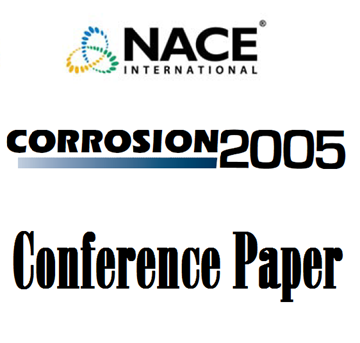Search
99031 SIMULATION OF CO2 / H2S CORROSION USING THERMODYNAMIC AND ELECTROCHEMICAL MODELS
Also Purchased
00102 SIMULATION OF FeCO3/FeS SCALE FORMATION USING THERMODYNAMIC AND ELECTROCHEMICAL MODELS
Product Number:
51300-00102-SG
ISBN:
00102 2000 CP
$20.00
05551 CO2 Corrosion Prediction Model - Basic Principles
Product Number:
51300-05551-SG
ISBN:
05551 2005 CP
Publication Date:
2005
$20.00
09572 A Free Open Source Mechanistic Model for CO2/H2S Corrosion of Carbon Steel
Product Number:
51300-09572-SG
ISBN:
09572 2009 CP
Publication Date:
2009
$20.00




